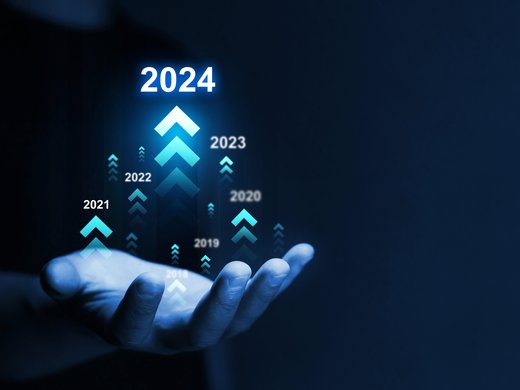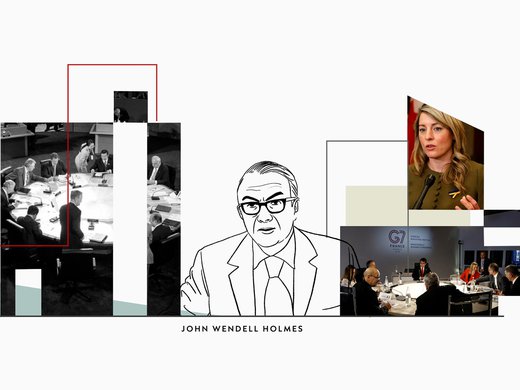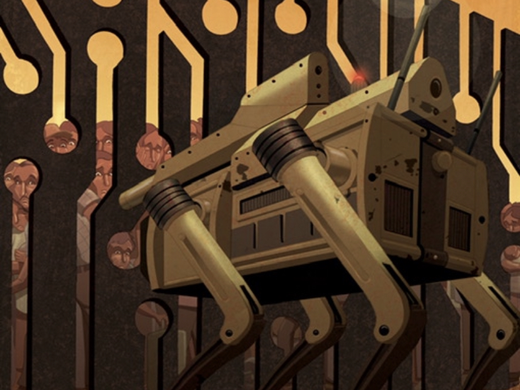If you have ever stepped too close to Monet’s studies of Water lilies or Seurat’s studies for A Sunday on La Grande Jatte you will recognize that same dizzying confusion when you attempt to read the draft ADP texts released in the last two days (three versions released on December 4, followed by a December 5 Draft Paris Agreement approved by the negotiators for the 195 State parties minutes before the Saturday noon deadline).
Viewed close up, the Monet and Seurat paintings are a confusion of dots and splashes of colour; pull back far enough and they appear in all their glory, revealed as though through morning mists or a summery haze. The latest Draft Paris Agreement, amounting to 21 pages and 26 articles, with a 21 page Draft Decision attached, has so many bracketed phrases and options that it is virtually unreadable up-close. While stepping back from the detail is not the usual way to read a legal text, it does at least give a generally positive impression.
The preamble makes emphatic reference to “the importance of promoting, protecting and respecting all human rights” and specifically mentions indigenous peoples, migrants and “intergenerational equity” among other vulnerable groups. Glimpsed among the confusion of brackets are options for a purpose clause, one being: “To hold the increase in the global average temperature [below 1.5 °C] [or] [well below 2 °C] above pre-industrial levels by ensuring deep reductions in global greenhouse gas [net] emissions.” One purpose appears to be fully agreed: “To pursue a transformation towards sustainable development that fosters climate resilient and low greenhouse gas emission societies and economies, and that does not threaten food production and distribution.” Another interpretative clause specifically referring to human rights is completely bracketed: “[This Agreement shall be implemented on the basis of equity and science, and in accordance with the principle of equity and common but differentiated responsibilities and respective capabilities, in the light of different national circumstances, and on the basis of respect for human rights and the promotion of gender equality [and the right of peoples under occupation].]” Long-term global goal options are all bracketed but one under consideration is “[achieving zero global GHG emissions by 2060-2080].” There are various options for a mechanism to support “integrated and “holistic” approaches to implementing the Sustainable Development Goals, suggesting that the UN’s adoption of the goals has spurred a better understanding of how to attack climate change.
Like the person who was called “Prince,” the concept of intended nationally determined contribution (INDC)\nationally determined mitigation contributions or commitments (NMDC) that lies at the heart of the Draft Paris Agreement now goes by a symbol ### as the negotiators work out suitable language. Nonetheless, the concept is there, being roughly sketched through multiple options: each country is to make commitments but the details as to how this applies to developing countries and what ### ought to include are all bracketed. It does include being transparent and scientific about measuring performance in implementation, increasing ambition over time, no back-sliding except in extreme circumstances, periodic review of performance and regular global stock-taking. There is much variation in language about the consequences of failure including one option to establish an international tribunal of climate justice.
There are various options regarding cooperation between developed and developing countries to increase capacity. There are 22 sub-clauses on finance, almost all of which are bracketed with multiple options, the cleanest clause reading in part: “The provision of financial resources [should][shall] aim to achieve a balance between adaptation and mitigation, taking into account country-driven strategies, and the priorities and needs of developing country Parties, especially those that are particularly vulnerable to the adverse effects of climate change…”. It seems uncontroversial that “Parties share a long-term vision on the importance of fully realizing technology development and transfer in order to improve resilience to climate change and to reduce GHG emissions” although much of the details that follow are all bracketed. The draft provides for the establishment of the “CMA” meaning the Conference of the Parties serving as the meeting of the Parties to this Agreement. The Decision Document is long and detailed, suggesting an ongoing tug of war about what should and should not be in the Agreement itself. For example, references to the Warsaw International Mechanism for Loss and Damage associated with Climate Change Impacts are bracketed in both places.
Establishment art critics at first dismissed the impressionists for their unfinished works, missing the point of their fuzzy and evocative images. At the end of the first week of COP21, the UNFCCC Secretariat posted a cheerily impressionist Draft Agreement. The immediate reaction is muted relief and frustration at the slow progress. An international agreement is not an impressionist painting; one has to get close and check the details to understand its meaning. The recent drafts indicate there has been some progress; what is needed in the next few days of COP21 is a finished agreement so the world can get on with the daunting task of implementation.


